SOURCE: IDRW.ORG

France has expressed its commitment to support India’s ambitious 110kN engine development program. This collaboration marks a significant step forward in India’s efforts to achieve self-sufficiency in defense manufacturing.
As part of the agreement, France will provide technical expertise and support for the development of the 110kN engine, which is intended for use in India’s advanced medium combat aircraft (AMCA) program. This engine is considered crucial for India’s defense capabilities and will enable the AMCA to achieve long-range strike capabilities.
Continue readingSOURCE: IDRW.ORG TEAM
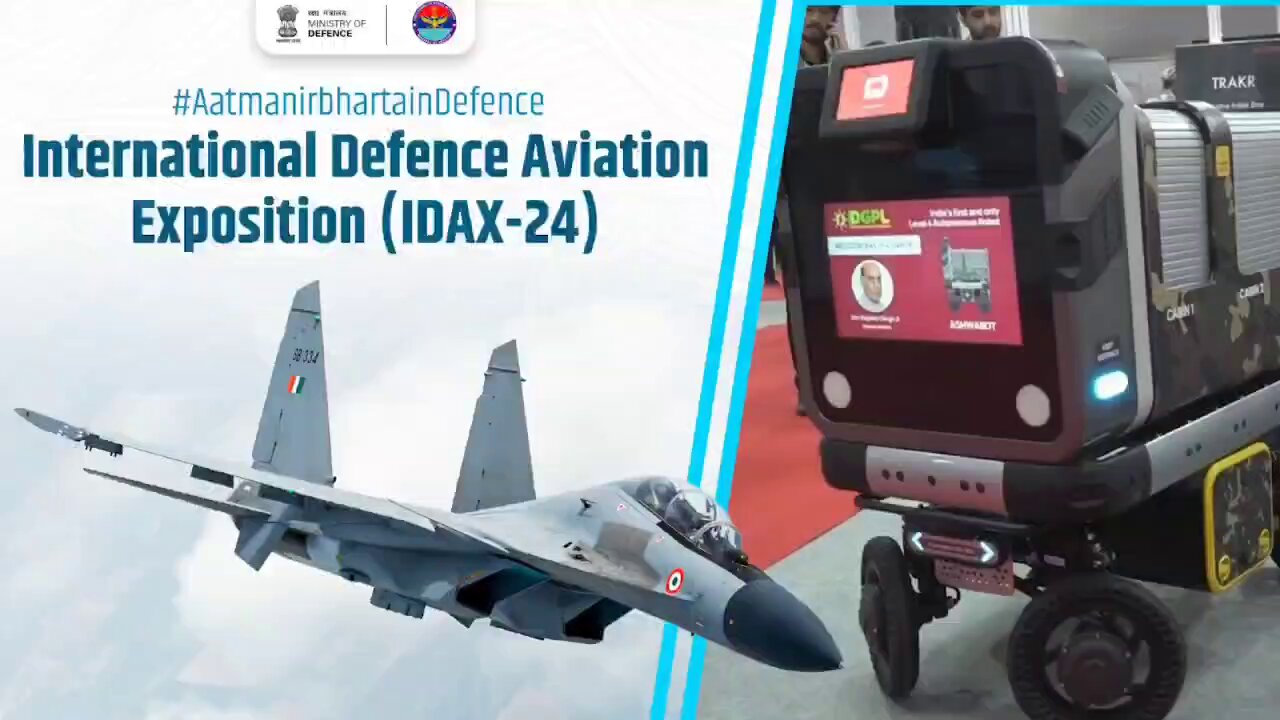
India’s journey towards self-reliance in defence, encapsulated in the vision of Aatmanirbharta, continues to gain momentum with home-grown innovations. One of the latest examples is the AshwaBot, an advanced all-terrain robotic system developed by DefTech and GreenIndia Pvt Ltd, two start-ups supported by the Ministry of Defence’s iDEX (Innovations for Defence Excellence) initiative. This cutting-edge unmanned ground vehicle (UGV) exemplifies India’s growing capacity to design and manufacture critical defence technologies domestically.
The AshwaBot is a versatile UGV that can tackle rugged and diverse terrains with ease, making it ideal for military operations in difficult environments. With a top speed of 35 km/h, it is capable of keeping up with rapid deployment scenarios and can carry a payload of up to 100 kg, providing substantial logistical support during missions. This combination of speed and payload capacity makes AshwaBot suitable for a variety of tasks, from resupply and reconnaissance to transport of equipment and potential evacuation of injured personnel.
Continue readingSOURCE: AFI
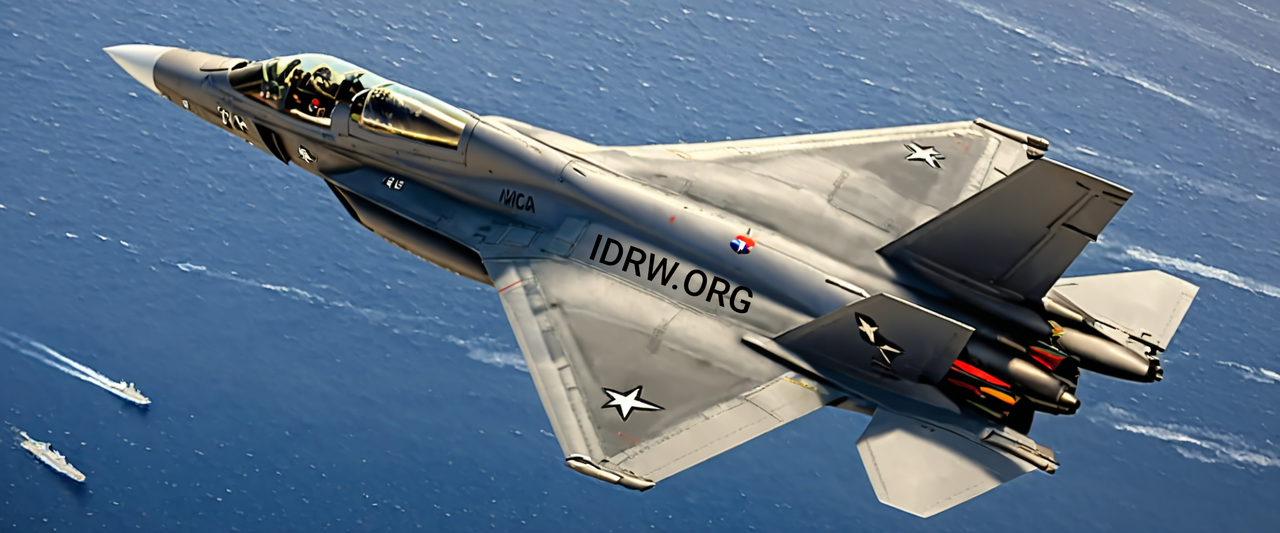
India is reportedly on the brink of joining the exclusive group of nations that possess the capability to manufacture indigenous fighter jet engines, a technological leap that would mark a significant milestone for the country’s defense and aerospace sectors. Currently, only the five permanent members of the United Nations Security Council—China, France, Russia, the United Kingdom, and the United States—have mastered the complex science of fighter jet engine development.
According to a recent report from The Financial Times, India is receiving offers from several global defense players, including France, the UK, and the US, all vying to assist in the development of a cutting-edge jet engine for India’s next-generation fighter jets. However, the US offer, led by General Electric (GE), comes with certain caveats that may affect India’s decision-making.
Continue readingSOURCE: AFI

Kalyani Strategic Systems, a leading Indian defense manufacturer, has emerged as a strong contender in the Uttar Pradesh Police’s tender for 2000 5.56×45 carbines. The company’s CQB carbine, designed by the Defence Research and Development Organisation’s Armament Research Development Establishment (ARDE), is one of the shortlisted options for the contract.
The CQB carbine offers a compelling combination of lightweight design, effectiveness in close combat, and compatibility with existing ammunition. Weighing just 3.2 kilograms and measuring less than 800 millimeters in length, the carbine is highly maneuverable and suitable for operations in confined spaces.
Continue readingSOURCE: AFI

Sisir Radar, a leading Indian space and defense startup, has achieved a significant milestone by successfully flying its first X-band Synthetic Aperture Radar (SAR) onboard its own drone. This breakthrough demonstrates Sisir Radar’s commitment to innovation and technological excellence, solidifying its position as a key player in the Indian defense industry.
The X-band SAR boasts an impressive resolution of 0.4 meters (azimuth) x 0.3 meters (range), making it the first Indian SAR to achieve such a high level of detail. The initial image, measuring 495 meters x 854 meters, showcases the exceptional performance and capabilities of this cutting-edge technology.
Continue readingSOURCE: AFI

In a surprising display of solidarity, Russian soldiers have been captured on camera writing a pro-India message on an artillery shell. The message, which reads “Hindus and Russians are brothers. Let’s unite to defeat fascism,” was shared on social media by a Russian streamer.
While the exact context of the image remains unclear, it is a testament to the strong historical and cultural ties between India and Russia. The message also reflects the shared sentiment of both nations in their opposition to fascism and extremism.
Continue readingSOURCE: AFI

In a significant development towards India’s Green Tug Programme, Kazutaka Nishimura, Director of Toshiba’s Battery Division, visited Hindustan Shipyard Limited (HSL) along with the Chairman of Lotus Wireless (LWT). The meeting focused on strengthening collaboration in developing advanced battery solutions for green vessels, aligning with the Government of India’s commitment to eco-friendly maritime practices.
Hindustan Shipyard, a pioneer in India’s green shipping revolution, is thrilled to partner with global leaders like Toshiba and innovative Indian companies like LWT. Kazutaka Nishimura expressed Toshiba’s enthusiasm for contributing to India’s green energy transition, particularly in the maritime sector. He emphasized the pivotal role of Toshiba’s cutting-edge battery technology in achieving the ambitious goals of the Green Tug Programme.
Continue readingSOURCE: FROBES

Shooting down their own brand new drone on video when it went out of control over Ukraine may be one of the biggest embarrassments ever suffered by the Russian Air Force. But there may be worse to come.
The Sukhoi S-70 Okhotnik-B (“Hunter-B”) was a prototype stealth combat drone, a ‘loyal wingman’ designed to operate alongside with the new Sukhoi Su-57 “Felon” fighter. After it was shot down by its accompanying Su-57, the Russians fired an Iskander missile at the crash suite to destroy the S-70 wreckage. Pictures show that well before the missile strike took place, the Ukrainians had already taken away key components for analysis.
Continue readingSOURCE: RAUNAK KUNDE / NEWS BEAT / IDRW.ORG
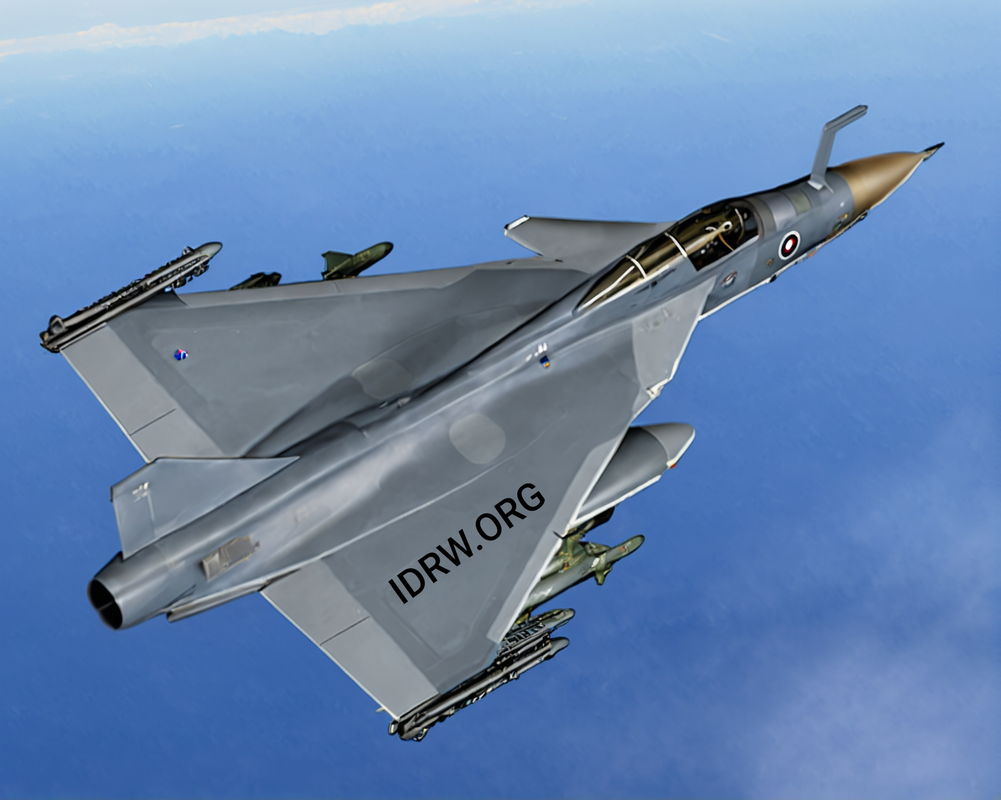
The Indian aerospace industry is witnessing a paradigm shift towards self-reliance with the Tejas Mk2 fighter jet program. According to Prabhulla Chandran VK, director of avionics and weapons systems at the Aeronautical Development Agency (ADA), the Tejas Mk2 is poised to achieve a remarkable 90% indigenous content when it enters production in 2031.
The journey towards self-reliance for the Tejas Mk2 will be a staged ascent. The initial prototype, expected in 2026, will boast over 70% indigenous components. This impressive feat signifies substantial progress compared to its predecessor, the Tejas Mk1A, which is expected to reach 70% indigenous content within the next four years.
Continue readingSOURCE: RAUNAK KUNDE / NEWS BEAT / IDRW.ORG
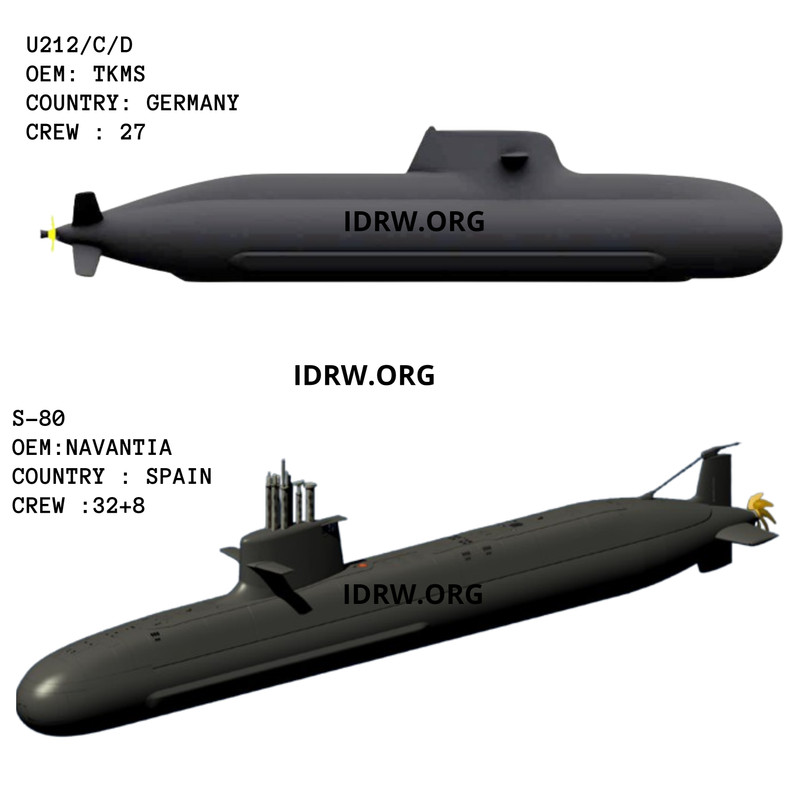
The competition for India’s prestigious P-75(I) submarine tender has taken an unexpected turn, with Spain’s Navantia challenging the leading position of ThyssenKrupp Marine Systems (TKMS) of Germany. Navantia has urged the Indian Ministry of Defence (MoD) to decide the winner of the contract based on a price discovery method, rather than relying on the results of the Air Independent Propulsion (AIP) system field evaluation trials (FET). This move could significantly impact the outcome of the tender for six submarines, a contract that is crucial for modernizing the Indian Navy’s underwater fleet.
Price discovery is a method where the market price of an asset is determined through the interaction of buyers and sellers. Navantia’s call for the Indian MoD to prioritize pricing in the decision-making process reflects a belief that they can offer the S-80 Plus submarines at a more competitive cost compared to TKMS. While this could be advantageous for India from a financial perspective, it diverts attention from the technical evaluations, especially the critical AIP systems that would provide submarines with enhanced endurance and stealth capabilities underwater.
Continue readingSOURCE: RAUNAK KUNDE / NEWS BEAT / IDRW.ORG
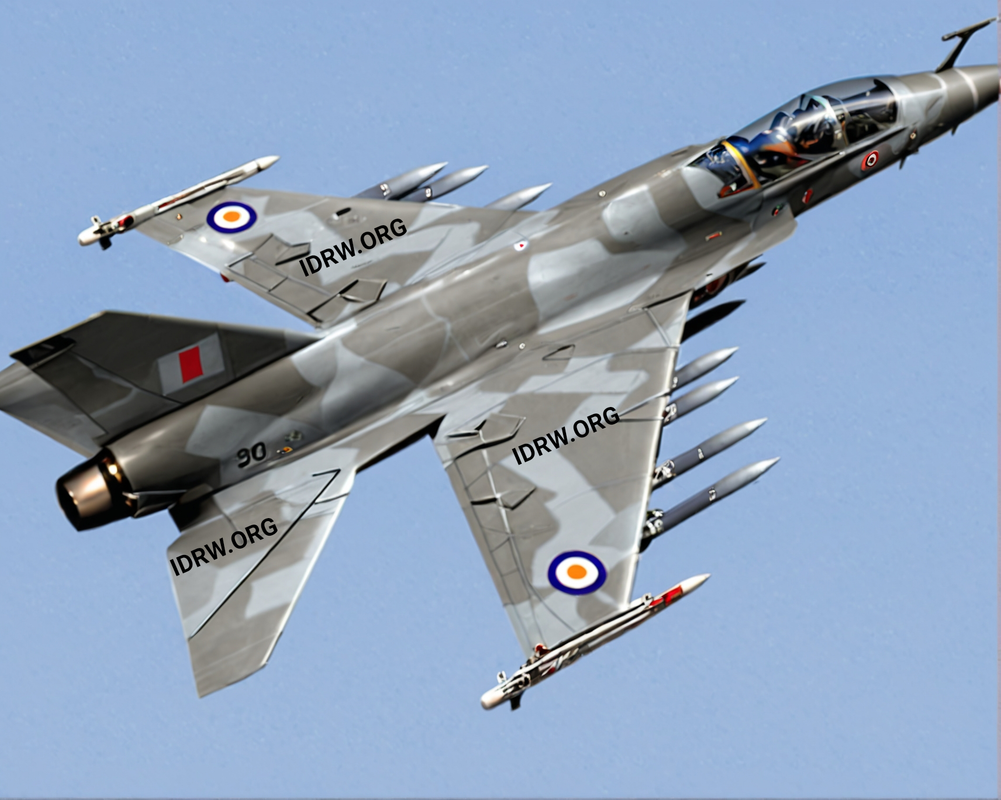
Hindustan Aeronautics Limited’s (HAL) ambitious HLFT-42 program, introduced in 2023 as the “Next-Gen Supersonic Trainer,” is undergoing further design refinements. With plans for additional wind tunnel testing, HAL aims to fine-tune the platform, which captured widespread attention for its impressive capabilities and potential to meet both training and combat needs for the Indian Air Force (IAF).
The HLFT-42 is designed to be much more than a typical supersonic trainer. With a 4.5-ton weapon payload capacity and a 16.5-ton Maximum Take-Off Weight (MTOW), the aircraft promises to not only provide advanced pilot training for 4th and 5th-generation fighter jets but also serve as a light combat jet. This versatility offers the potential for multi-role missions, making the aircraft a valuable addition to the IAF’s fleet, particularly for combat teaming scenarios.
Continue readingSOURCE: AFI
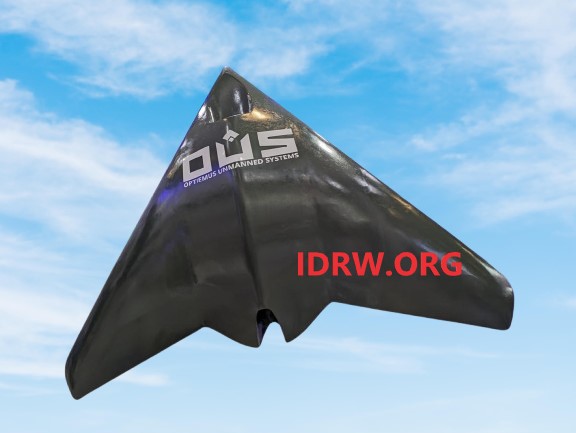
Optiemus Unmanned Systems (OUS), a subsidiary of Optiemus Infracom, has announced the development of its latest innovation in unmanned aerial technology—the OPTIEMUS Abhedya Unmanned System. The new platform is designed to cater to high-endurance missions, offering advanced capabilities in surveillance, geo mapping, and reconnaissance. With its stealth-shaped flying wing configuration and turbojet propulsion, the Abhedya UAV marks a significant leap in India’s indigenous unmanned aerial systems (UAS) sector.
These features allow the Abhedya to operate in both civilian and military environments, providing essential data for geo mapping, long-range surveillance, and monitoring critical infrastructure.
Continue readingSOURCE: AFI
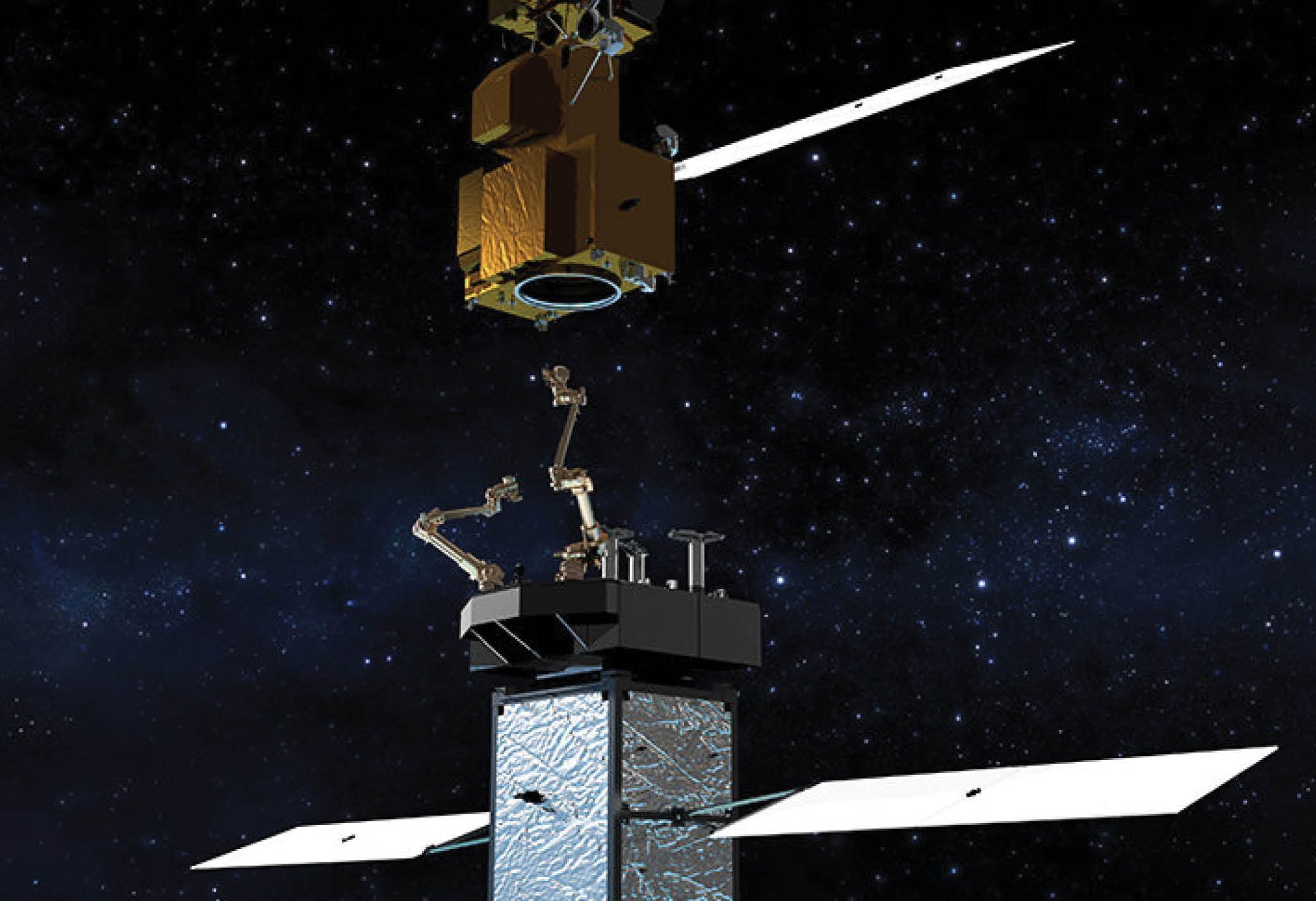
The Indian Air Force (IAF) is calling upon the private sector to design and develop cutting-edge technologies for Autonomous Docking Operations aimed at enabling On-Orbit Maintenance and Refueling (OOMR) of space assets. This ambitious initiative is part of the IAF’s broader efforts to enhance the operational longevity and capability of India’s space-based assets through innovative space servicing technologies. The project represents a significant leap in the country’s space capabilities, particularly in the areas of spacecraft refueling, maintenance, and upgrading operations while in orbit.
As space becomes an increasingly critical domain for defense, communications, and surveillance, maintaining the health and operational effectiveness of satellites and spacecraft is paramount. To address this, the IAF has launched a project to develop Autonomous Docking Technologies for on-orbit servicing of space assets, including refueling, maintenance, and upgrading operations.
Continue readingSOURCE: AFI

In a significant display of indigenous military technology, the South Western Command of the Indian Army recently showcased the Akash Weapon System. However, the highlight of the event was the first public appearance of the Akash Missile Replenishment Vehicle, a crucial support component that had previously remained under wraps.
The Akash Missile Replenishment Vehicle, seen for the first time, is a vital logistical asset designed to enhance the operational efficiency of the Akash Weapon System. The vehicle is capable of transporting three Akash missiles at once and is equipped with a crane system, enabling the swift and safe transfer of missiles onto the launcher. This functionality is critical in ensuring that air defense units can rapidly replenish their missile stocks during sustained combat operations, reducing downtime between missile firings and maintaining a constant state of readiness.
Continue readingSOURCE: AFI

In a significant step towards bolstering India’s underwater defense capabilities, the Cabinet Committee on Security (CCS) has given the green light for the construction of nuclear-powered attack submarines (SSNs). The move marks a major milestone in India’s indigenous defense manufacturing capabilities.
The plan is to initially build two 6,000-tonne SSNs at the Ship Building Centre (SBC) Visakhapatnam. Each submarine is estimated to cost around Rs 15,000 crore. These SSNs will play a crucial role in deterring potential adversaries, particularly China’s growing presence in the Indian Ocean Region.
Continue reading